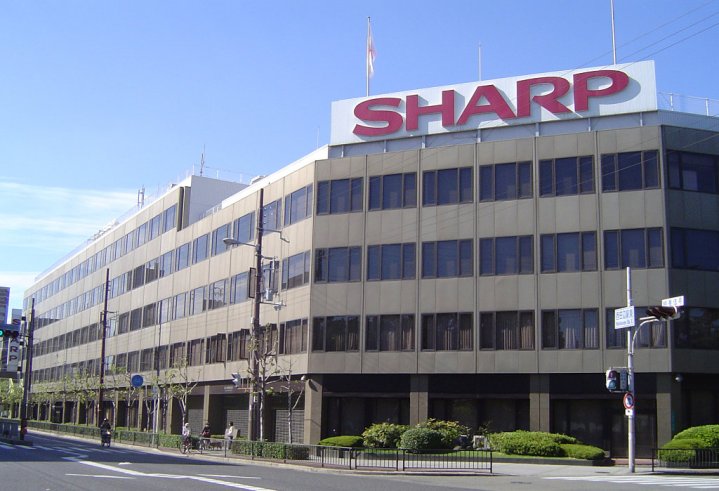
Although it was initially expected that Foxconn would pay $6.2 billion for Sharp, almost $1 billion more than the Taiwanese tech manufacturing giant is believed to have offered last month; the final figure is lower. The company will hand over $3.5 billion, or 388 billion yen, for Sharp.
Signatures will be exchanged on April 2, and will close months of negotiation. The massive reduction in the expected price comes after an extended period of due diligence, where Sharp apparently revealed what were described as ‘potential liabilities.’ Once complete, Foxconn will have a 66-percent stake in the company. Century-old Sharp – one of Japan’s longest-running tech firms – had also been considering a $2.5 billion bid from state-backed Innovation Network Corporation of Japan (INCJ).
Japan has traditionally been reluctant to let any of its big-name brands fall into foreign ownership, but in this case, Foxconn’s heftier bid has won the day. Foxconn, also known as Hon Hai Precision Industry, was clearly keen to seal the deal. At one point, it had even upped its offer from a reported $5.3 billion to $6.2 billion. Now, to cover the shortfall in the face of the lower sale price, lenders backing the Foxconn acquisition will extend a new line of credit to Sharp.
“Eyeballs plan”
Sharp makes much of its money from third-party sources in mobile, large TV, and solar panel manufacturing. The Osaka-based company was among three suppliers for iPhone 6 displays, an area believed to be of particular interest to Taipei-based Foxconn. Sources told the Wall Street Journal that Foxconn boss Terry Gou is aiming to become a leading supplier of screens for high-end smartphones, part of a company strategy Gou apparently calls his “eyeballs plan.”
As the Journal notes, Apple could incorporate OLED displays into iPhones next year. Samsung currently makes 95-percent of the global supply of these thinner, brighter displays, though Apple is reportedly reluctant to rely on a sole supplier for the component, opening a potential opportunity for Foxconn and its latest acquisition.
Foxconn clearly faces challenges with its new purchase, having as it will to find a way to stem Sharp’s losses and get its business back on track. Earlier this month Sharp reported a net loss of 24.7 billion yen ($214 million) for its third fiscal third quarter on revenue of 663 billion yen ($6 billion). The losses were more than double for the same period a year earlier when it reported higher revenue of 763 billion yen ($6.8 billion).
The Taiwanese company has had Sharp in its sights for some time. Three years ago it attempted to buy a 10-percent stake in the Japanese firm, but failure to agree on a number of issues stopped the deal going through.
Updated on 03-30-2016 by Andy Boxall: Added in news of the final purchase price.
Editors' Recommendations
- Nomad’s new iPhone case and Apple Watch band may be its coolest yet
- iPhone 16: news, rumored price, release date, and more
- Why you should buy the iPhone 15 Pro instead of the iPhone 15 Pro Max
- 3 reasons why I’ll actually use Anker’s new iPhone power bank
- Here’s how Apple could change your iPhone forever


